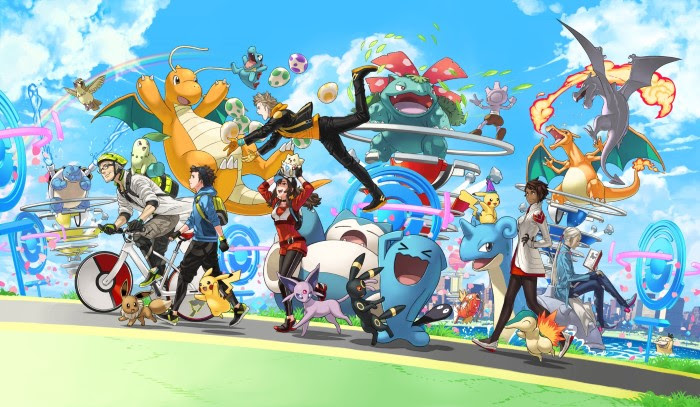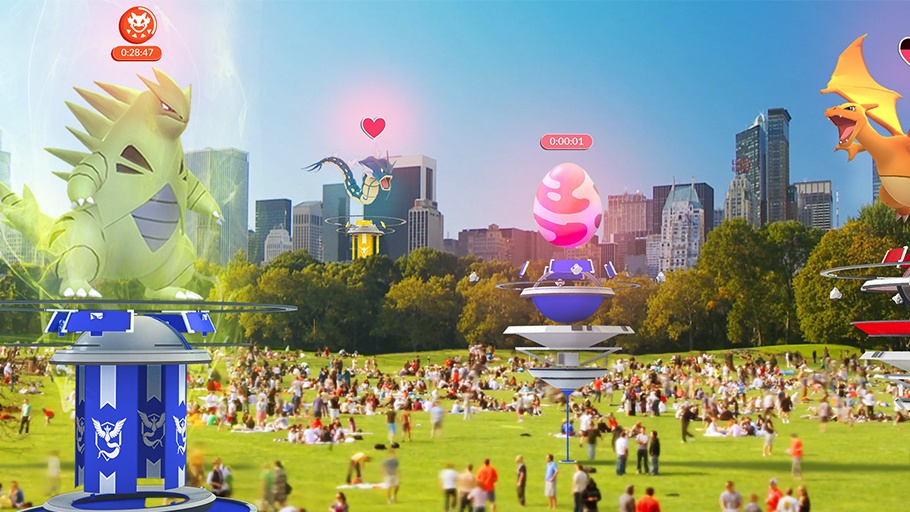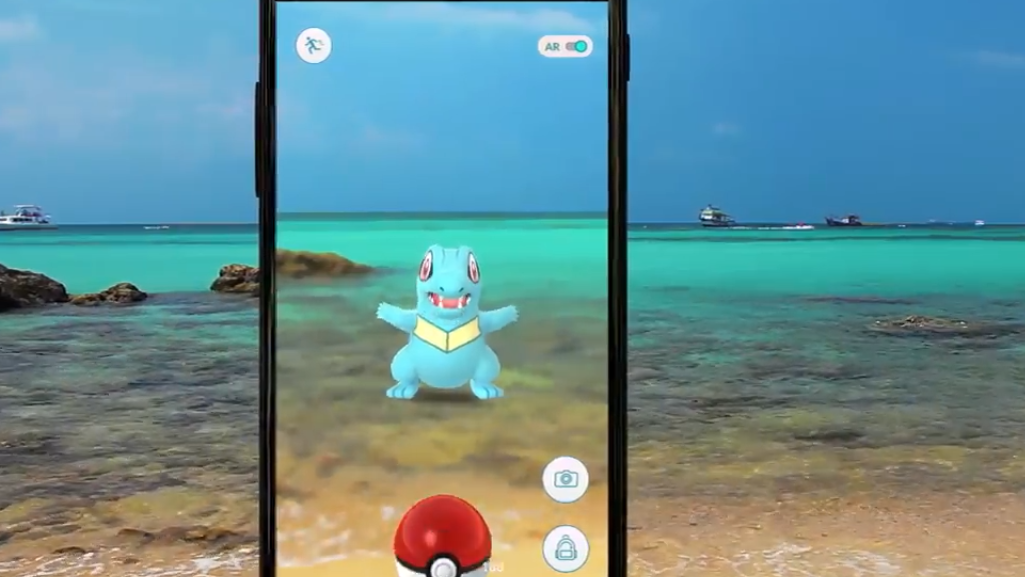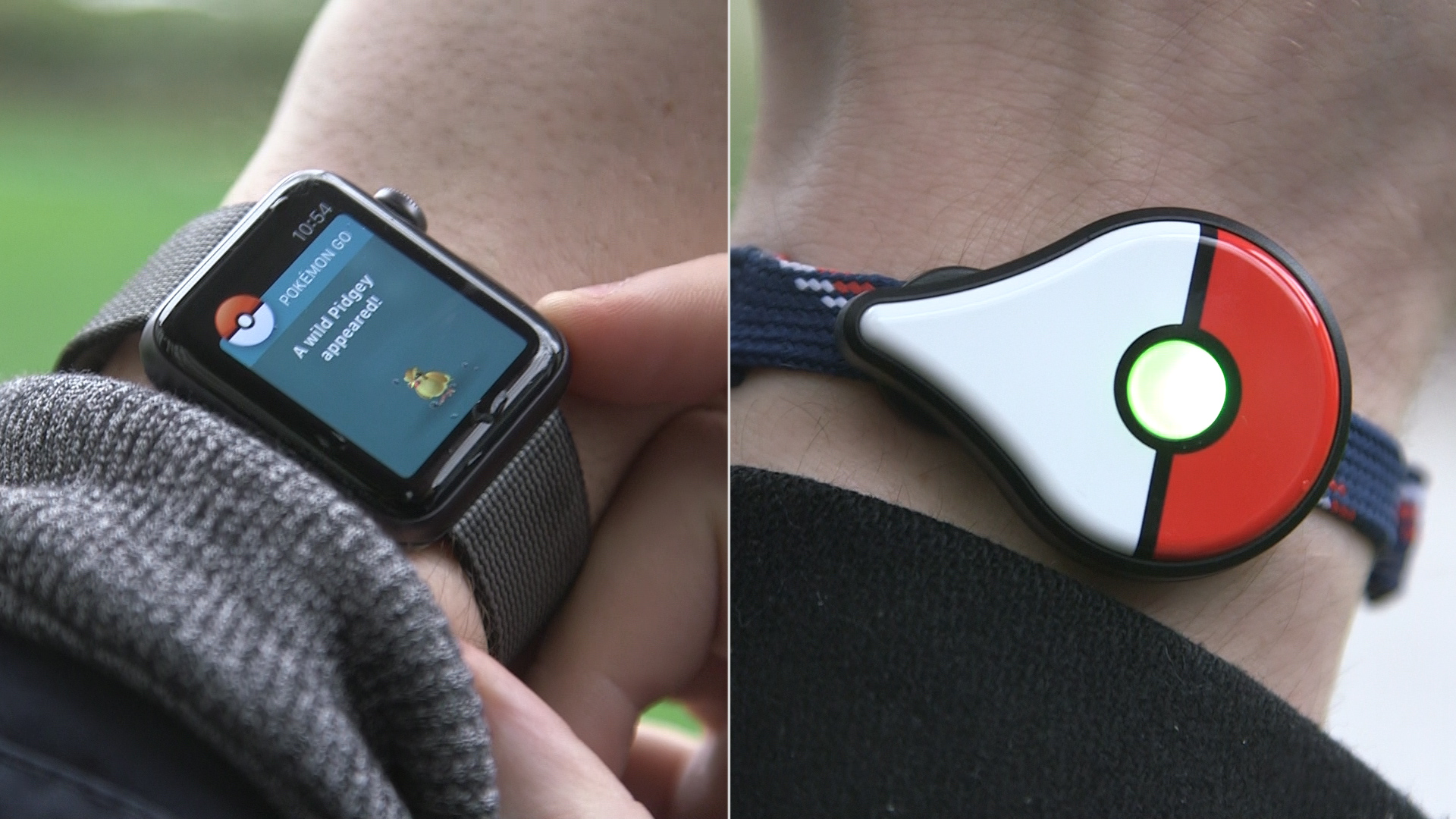Pokemon Go started with a bang and one year on it’s still not whimpering
Catching us all may have been Niantic's biggest barrier

You may remember a thrilling period around a year ago when you and your friends turned into spotted hyenas. I don’t mean literally, of course, more behaviorally. Thanks to the launch of Pokémon Go last summer, huge numbers of us started stalking the streets in fission-fusion groups, whooping, shrieking and laughing as we hunted down adorable prey.
Even if you weren’t a participant in the Pokémon Go phenomenon yourself, we’re willing to bet you noticed it happening. Yes, in July 2016 Pokémon Go entered our lives with an explosive bang, but how’s it doing one year later?
Well, that depends on your perspective. Building an incredible and frankly unprecedented daily player base of around 45 million just one week after its launch meant that realistically the game didn’t have anywhere to go but down in terms of popularity and earnings.
Nowhere to go but down
And down those things went with a steady consistency that led people to proclaim the game’s death after only a couple of months. By Christmas, as far as many were concerned, the fad was over and Pokémon Go was done.
No one was playing anymore, it wasn’t changing fast enough, and every update just made it worse. Plus, it was cold outside
Thing is, just last month we got a look at the game’s numbers and, like Mark Twain, we think the reports of its death are greatly exaggerated.
When we asked Niantic for player numbers it reported that in April it was seeing 65+ million players every month. That’s nowhere near the same levels as late July last year but it’s not an insignificant number for a mobile game that requires being active to a degree that most other games don't.
Get daily insight, inspiration and deals in your inbox
Sign up for breaking news, reviews, opinion, top tech deals, and more.

Let’s put it this way, the game was making an average of about £100 ($130, AU$175) a minute at the height of its popularity between July and November last year. Those numbers have now dropped to £77.39 ($99.52,AU$134.88) but considering the number of players it's lost that’s not a huge drop in earnings.
Sure it’s not earning as much as Candy Crush, but it’s making more than the other immensely popular mobile game Clash of Clans. And it’s doing a damn sight better than Nintendo’s mobile releases.
Shaking up the moneymaker
When you’ve stopped playing a game like Pokémon Go it’s easy to assume everyone else has too. From these numbers, though, it’s clear to see there are still plenty of people invested in the game.
It seems that Niantic has weeded out the weaklings and found itself left with a manageable and apparently highly monetizable player base.
We imagine now that the craze has died down, meeting someone else that still plays Pokémon Go is actually a more special experience than it used to be. The bashful acknowledgement and resulting connection must be beautiful to behold.
A big part of Niantic’s problem with Pokémon Go may actually have been its incredible initial popularity.

In a recent interview with The Verge, the company’s CEO John Hanke said his team lost “probably six months on our schedule because of the success of the game. Really all the way through November and December, from launch onward we were rebuilding and rewiring infrastructure just to keep the game running at the scale that we were running at.”
Many proclaimed the game was dead before its global roll out was even complete simply because they hadn’t seen any updates for a while.
Rather than a lack of interest in the phenomenon they’d birthed or a lack of ideas on Niantic’s part, this was apparently a result of having to divert limited resources into infrastructure rather than features.
Curse of popularity
One year on, the game's player base has stabilized and Niantic has finally been able to begin adding the features it had planned to add six months ago. If things continue to stay as stable as they are, we imagine these updates will start to come at a much faster and more satisfying pace for both Niantic and its players.
At the end of June the game received its biggest update to date, overhauling gyms and bringing in a new cooperative play feature known as Raid Battles.
Last year we at TechRadar voiced our criticisms of the game and laid out changes we’d like to see that would improve it. With its successive updates, Pokémon Go has actually addressed a number of our complaints which included a basic, unrewarding Gym system and a decreasing sense of purpose and player satisfaction.
At this point, the majority of us in the office have stopped playing and unfortunately the recent update hasn’t drawn us back in. However, our complaints were shared by many and there’s no doubt that those who persisted in playing will appreciate that their problems have been addressed.
There’s a chance that now that the warmer weather has rolled again for many territories these changes will be enough to make people return to play, if only for a season.

Games as services
In some ways we’re just getting used to the idea of games as services rather than complete one-off releases.
More and more we’re seeing games on consoles, PC and mobile being released in one form before evolving over time thanks to player feedback, new ideas, and advancements in tech. These games require more long-term commitment and patience than something like Super Mario Run.
It’s hard to have the same patience for something as simple as an AR mobile game as we have for a massive console release like Destiny but it could prove to be just as rewarding if John Hanke’s ambitions and promises are to be believed.

The most recent additions that include gym badges and real-world events suggest that Niantic plans to build on all the things that made Pokémon Go a distinct gaming experience in the first place: creating virtually augmented memories in the real world and feeling that you’re actually part of your community.
There's also the fact that Apple appears to be planning to advance AR technology even further with its ARKit and iOS 11. If Pokemon Go is able to make use of these potential advancements its future could be even brighter.
Though one year on Pokémon Go is achieving nowhere near the same kind of success it was initially, it’s undeniably a much better and deeper game.
You really get the feeling that Niantic and AR gaming generally is just getting started. We imagine we'll have many more special anniversary Pikachu to hunt down in the future. Just think of all those hats.
Emma Boyle is TechRadar’s ex-Gaming Editor, and is now a content developer and freelance journalist. She has written for magazines and websites including T3, Stuff and The Independent. Emma currently works as a Content Developer in Edinburgh.
